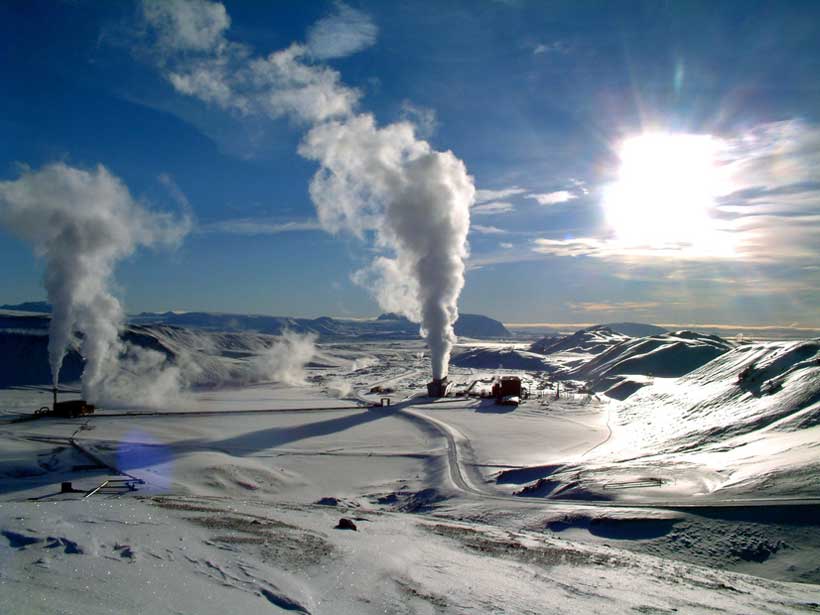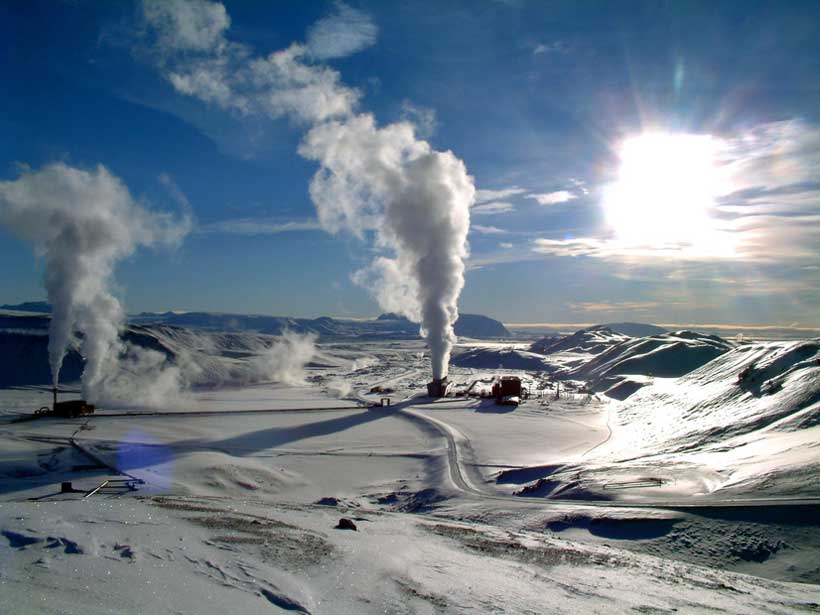
The future of power depends on sustainable and renewable energy resources which are eco-friendly. The demand of the 21stcentury is to execute the non-conventional resources of energy for the betterment of the environment and planet earth. According to a national geographic report, 320 billion kilowatt-hours of energy consume on daily basis worldwide. Energy obtained from conventional resources contributes greatly towards the emission of greenhouse gases causing ozone depletion by the release of chemical compounds of chlorine and bromine by industrial and human activities. The need of the hour is to incorporate the replacement of conventional energy resources by different renewable energy sources like ocean energy, wind energy, solar energy, and geothermal energy which are more suitable, convenient, and environment friendly.
Renewable energy sources introduce the ecological balance and provide solutions for environmental, social, and economical problems by mitigating the emission of carbon dioxide, carbon monoxide, and sulfur dioxide. With an increase in population and industrialization, the energy demand is readily increasing exponentially; fossil fuel energy is disastrously affecting the environment of the mother planet. Strategic decisions ought to be taken by higher authorities to overcome the monopoly and oligopoly of the giants of the oil and gas industry and engage them to exploit the modern techniques for the extraction of geothermal energy either from the hydrothermal reservoirs, hot dry rocks, and high-pressure zones in subsurface or magma. Endorsements of geothermal power plants provide an alternative source of energy by significant contribution to meet the essential requirement of energy. An initiative of sustainable energy plants by the collaboration of current Stakeholders of oil and gas industries and balancing interstate energy relations are the most crucial tasks to launch the renewable energy resources in the current traditional market of oil and gas. States should endeavor and propose the private stakeholders of oil industries’ economical shared-based models for introducing the new phase of renewable energy. It is obvious and crystal clears that without the enthusiasm and support of the monopolistic lobby of industrialists; it will not be an easy task to replace the world from conventional with solar, wind, or geothermal energy.
According to the report published in an article on sustainable energy in the “energy exploration and exploitation” journal that heat energy within the subsurface at depth of about 0-10km holds245.106 EJ(exajoules)and 181.106 for high and low temperature respectively. Only 0.1% of the geothermal reserves are enough to run the wheel of technology for 1000 years. Most of the developed countries have planted geothermal projects and producing billions of kilowatt-hours of energy to meet their power needs. The United States leads the world by projecting seven geothermal power plants and exploring 16 billion kilowatt-hours of energy to fulfill the energy requirements in the states of California, Nevada, Utah, Oregon, Hawaii, Idaho, and New Mexico. EIA (Energy Information Administration) of the US validates in 2018 that 83 billion KWh of electricity is generated from geothermal resources by 27 countries like Indonesia, Kenya, Italy, Iceland and etc. Ambitious and extensive plans of geothermal energy should be encouraged for execution in developing countries. Although the transition of fossil fuel is a challenging task once we will pass this obstacle it will impart enormous impacts on future economic growth and furthermore, it will be a great courtesy on the climate and environment of the entire globe.
The recent facts and figures of IRENA (International Renewable Energy Agency) of the last decade show an increasing trend from 9992MW to 13909MW in geothermal installed capacity of power generation. The exigency of the hour is to follow the new paradigms of developed countries on sustainable energy like Iceland is surprisingly providing 100% sustainable electricity by making use of wind, solar, and mostly geothermal. Geothermal is one of the most reliable renewable sources of energy amongst solar, wind, and biomass because of the exceptionally constant source of energy. An International financial advisory and asset management firm (Lazard) summarizes head to head comparison of 16 renewable energy sources versus six conventional sources and incorporates the cost of financing, operating, building, and maintaining. The analysis depicts distinctly that the average cost of 10 renewable technologies is $147 per megawatt-hour; 18$ less than the conventional or traditional sources. Although the projection of new technology plants like solar, wind, and geothermal is costly, once it is built, it has dramatically less cost of maintenance and operation and 25% to 50% high efficiency as compared to fossil fuel.
To recapitulate all facts and figures along with environmental factors, geothermal is one of the most vital techniques to unfold the hidden assets of renewable energy. Furthermore, it provides a constant source of energy along with the high efficiency and long-lasting life span of heat pumps with little or no maintenance cost validates its future economic prospect.


